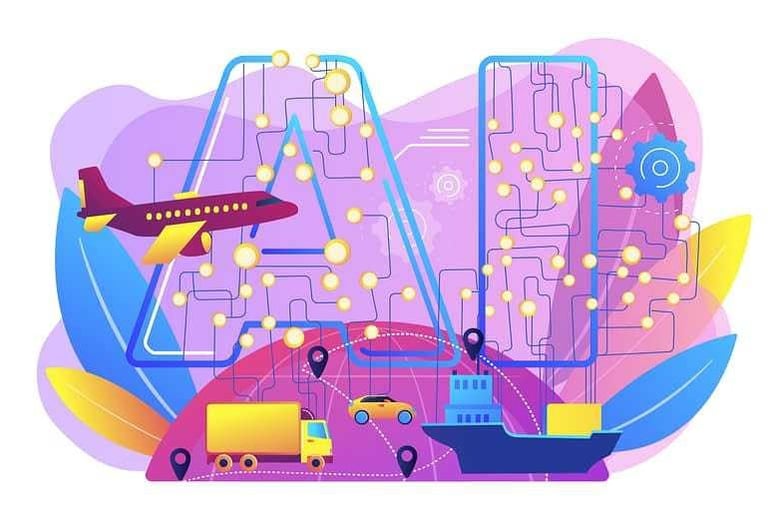Reimagining Retail: A Digital Transformation Journey
Understanding the Digital Landscape in Retail
Understanding the market trends and consumer behavior patterns specific to the retail industry is essential for creating targeted strategies. Key areas of investigation include customer buying behavior, technological adoption among competitors, regulatory compliance, and shifts in market demands. By evaluating the successes and failures of competitors' digital strategies, businesses can glean valuable lessons to inform their transformation.


In-depth Analysis of Market Trends:
Identifying emerging trends such as mobile commerce, personalized experiences, and sustainable practices to anticipate customer needs.
Assessment of Competitors' Digital Strategies:
Analyzing how industry leaders leverage technology to enhance customer experiences, integrate online and offline sales, and innovate.
Strategic Development for Growth
The quest to remain competitive requires addressing several critical pain points, including inefficient integration of online and offline channels, lack of personalized customer experience, challenges in inventory management, and the need for enhanced data analytics.
Identified Pain Points and Goals:
Crafting strategies to achieve seamless integration, personalized engagement, optimized efficiency, and data-driven insights.


Strategy Development:
Creating a tailor-made digital strategy that embodies modern retail, blending technology, strategy, and human-centric design.
Innovation and Technology Integration
Embracing innovation is essential in staying ahead of competitors. The willingness to experiment with new technologies and approaches, such as AI and AR, redefines the shopping experience.
Embracing AI and AR:
Leveraging Artificial Intelligence for personalized marketing, predictive analytics, and improving operational efficiency. Augmented Reality enhances the shopping experience with immersive product previews and virtual try-ons.
Continuous Innovation:
Monitoring, evaluating, and optimizing digital platforms and strategies to ensure alignment with changing market dynamics.


Enhancing Customer Engagement
Analyzing consumer behavior patterns, such as online search habits and purchasing preferences, provides valuable insights. These patterns can be used to create more engaging and efficient marketing and sales approaches.
Personalized Experiences:
Crafting targeted strategies to meet customer expectations for personalized experiences.
Omnichannel Integration:
Achieving a seamless integration of digital and physical retail channels, creating a personalized and engaging customer experience.


Operational Efficiency and Sustainability
Inefficiencies in inventory management and supply chain processes result in operational bottlenecks and higher costs. Emphasizing sustainable practices influences consumer decisions and offers both challenges and opportunities.
Challenges in Inventory Management:
Addressing inefficiencies through digital transformation to optimize operational efficiency.
Sustainable Practices:
Growing importance of sustainability in retail, influencing consumer decisions, and creating opportunities for differentiation.
Lessons Learned and Future Roadmap
Reflecting on the digital transformation journey provides valuable insights that can guide future initiatives and strategies.


Importance of Flexibility:
Adapting to unexpected challenges and new opportunities, emphasizing the need for flexibility.
Collaboration and Communication:
Effective collaboration and clear communication are vital for successful implementation.
Future Roadmap:
Setting the stage for further innovation and growth, including continuous monitoring, embracing new technologies, and investigating emerging technologies like AI, AR, and VR.
Note: Client consultations are available by appointment on select days. Please contact us to schedule your appointment.
US Office:
Aristocrat Global HQ, TechIQ block, Delaware.
651 N Broad St, Middletown, DE 19709, United States
HQ :
Aristocrat Intelli-Tech (iT)
Aristocrat Research Centre For Innovation And Deep-Tech,
West Tech block,
TIDEL Tech Park, Chennai, India.
